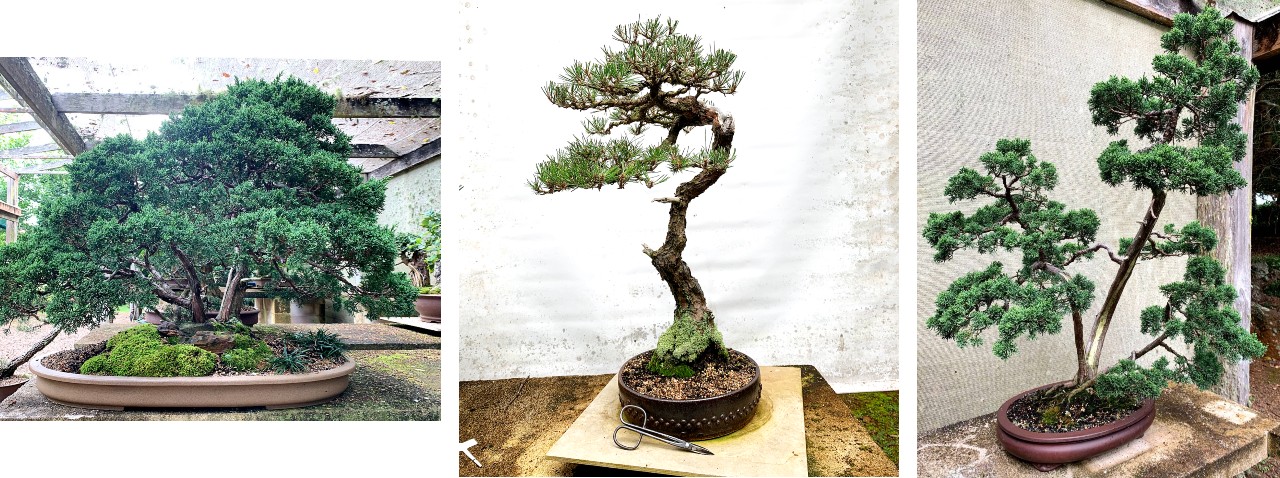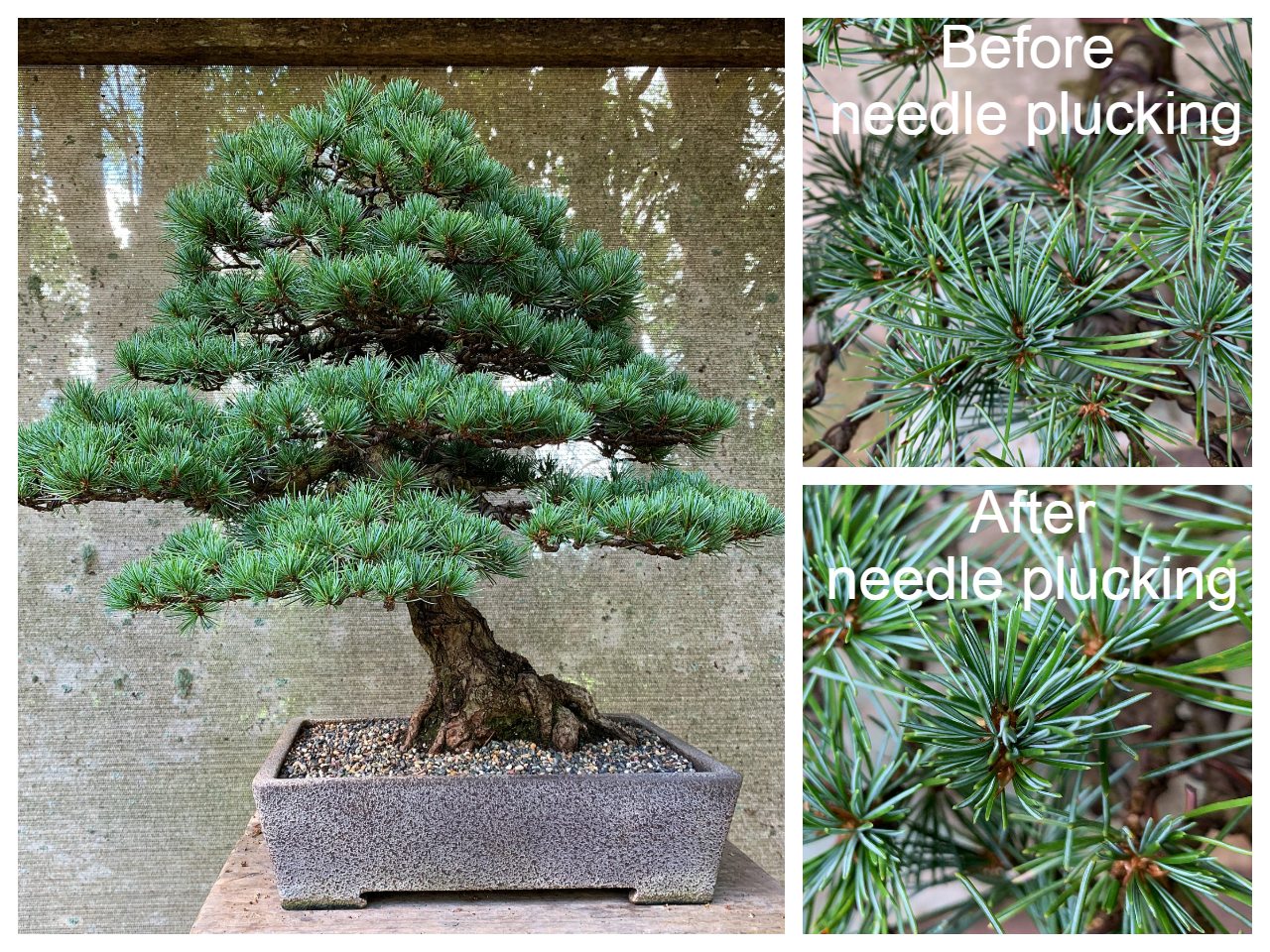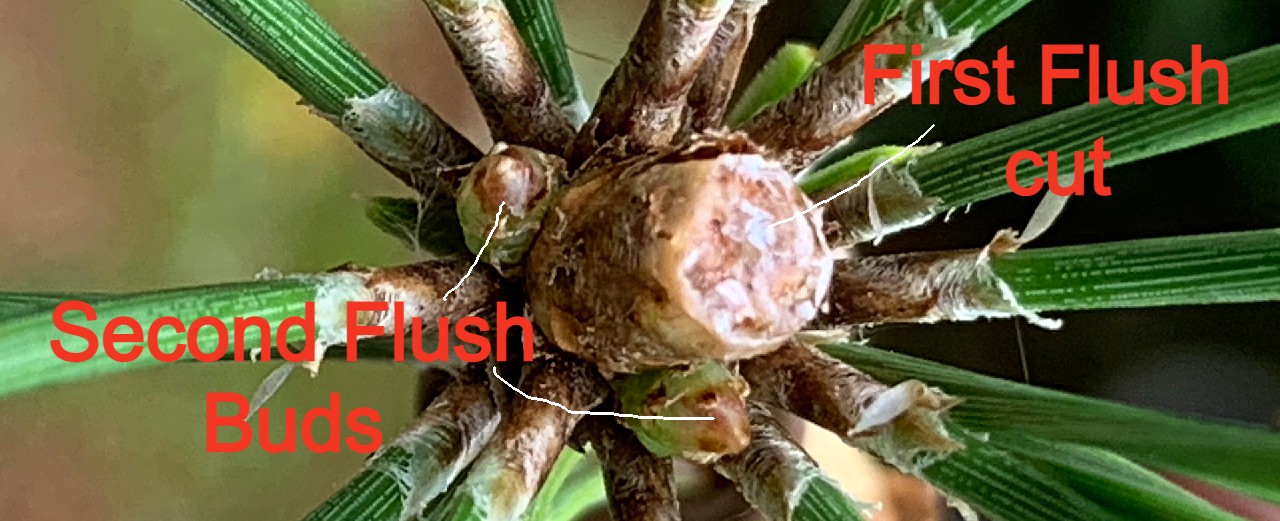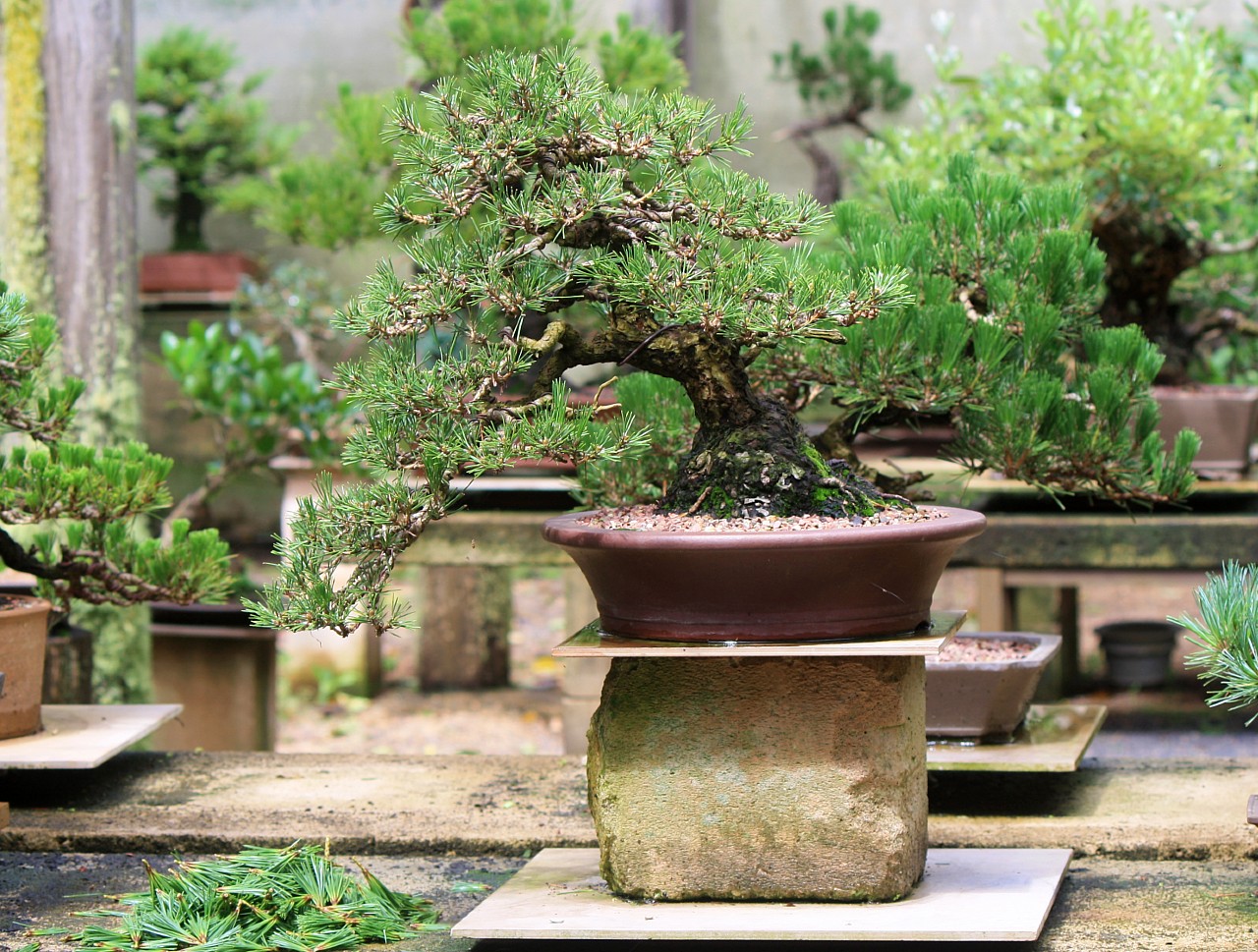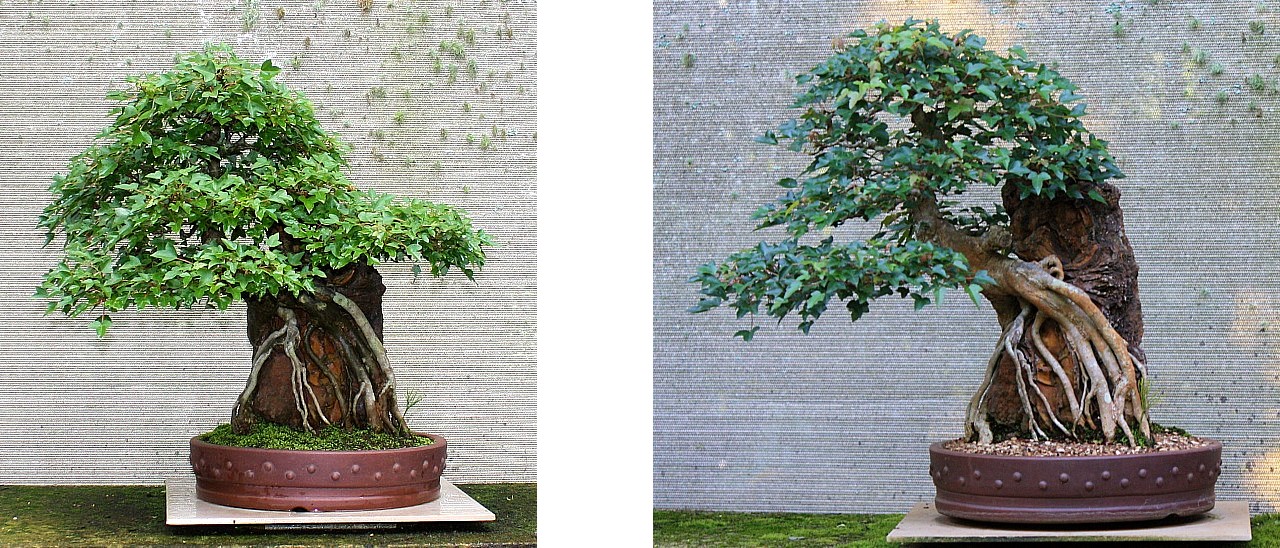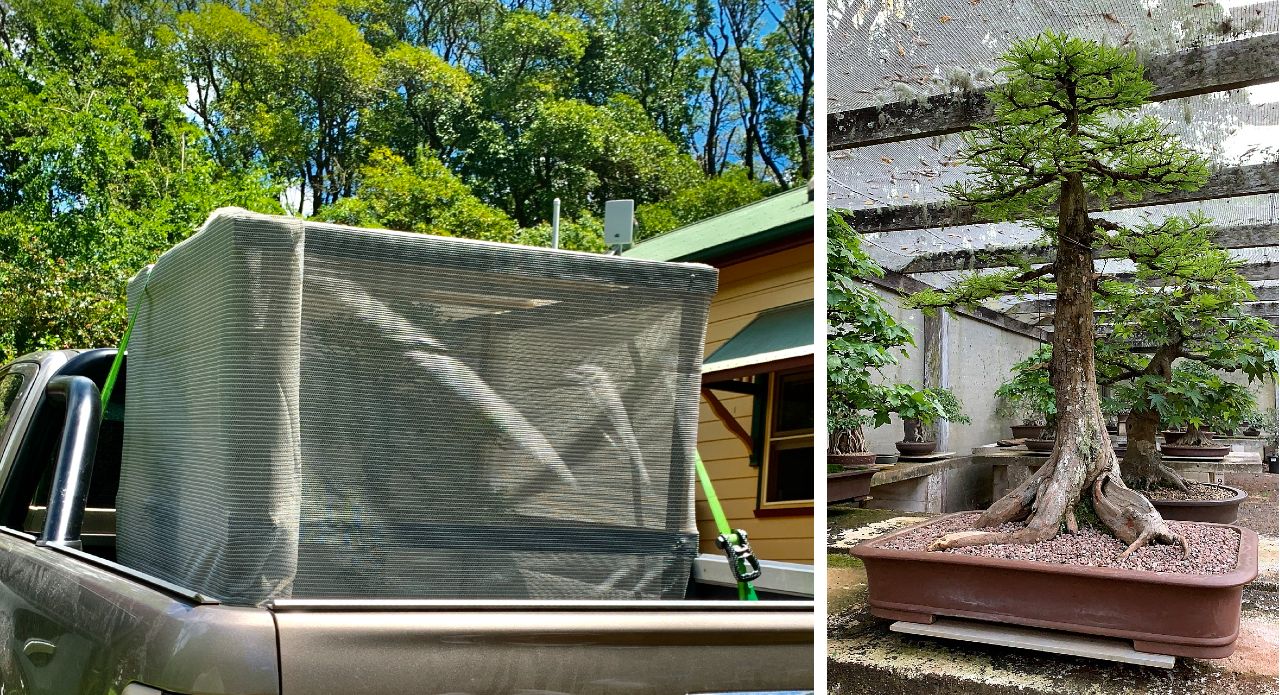Directory of Japanese Art & Culture in Australia
The Directory of Japanese Arts and Culture in Australia is a reference site created by The Japan Foundation, Sydney to introduce currently active Australia-based artists and practitioners of Japanese arts and traditions, as well as organisations. Their aim is to showcase their works, practices and activities to further their recognition and to promote excellence in Japanese art and culture.
For all other 'Japanophiles' out their the Japan Foundation website is a 'must visit' for a range of Japanese inspired arts & culture.
I have recently updated my profile on the website:
"John started his bonsai journey, at an early age, in 1976.
As a self-taught bonsai artist John has developed his knowledge of the cultivation and refinement of bonsai through a long study of art, philosophy and horticulture, turning his hobby of bonsai into a life long passion.
John has had a selection of his bonsai on show at the National Bonsai & Penjing Collection of Australia, at the Canberra Arboretum, on a number of occasions.
Observations in Japan, through an introduction to a number of Japanese bonsai masters, have been inspirational and instructive. These experiences have served to further John’s knowledge and have heightened the realisation that the elements of time and dedication are not only essential but go far beyond a single lifetime of achievement.
John holds Workshops, Demonstrations and ‘Bonsai Tours’ at the Australian Bonsai Gallery in Dorrigo, NSW."
